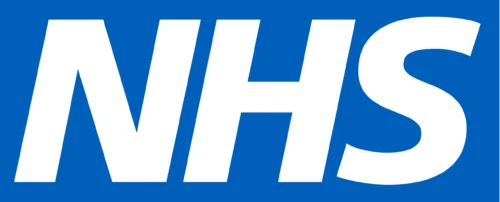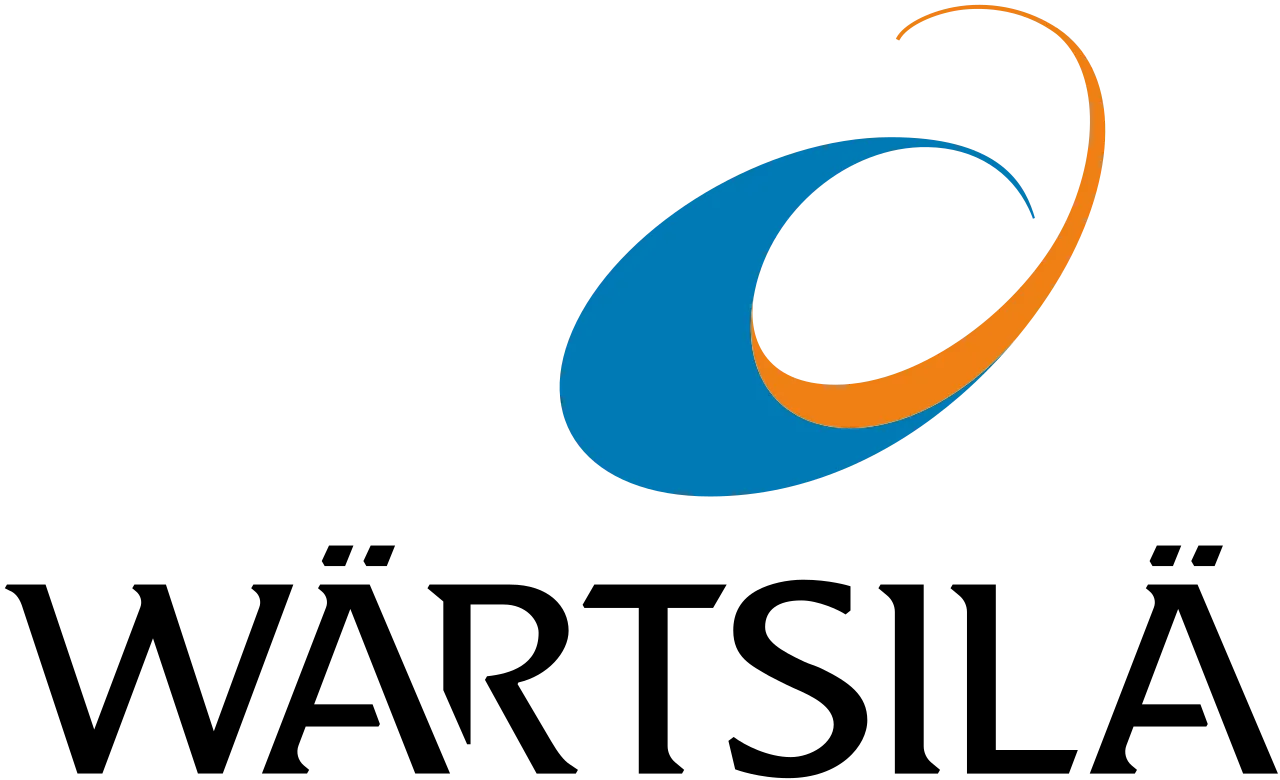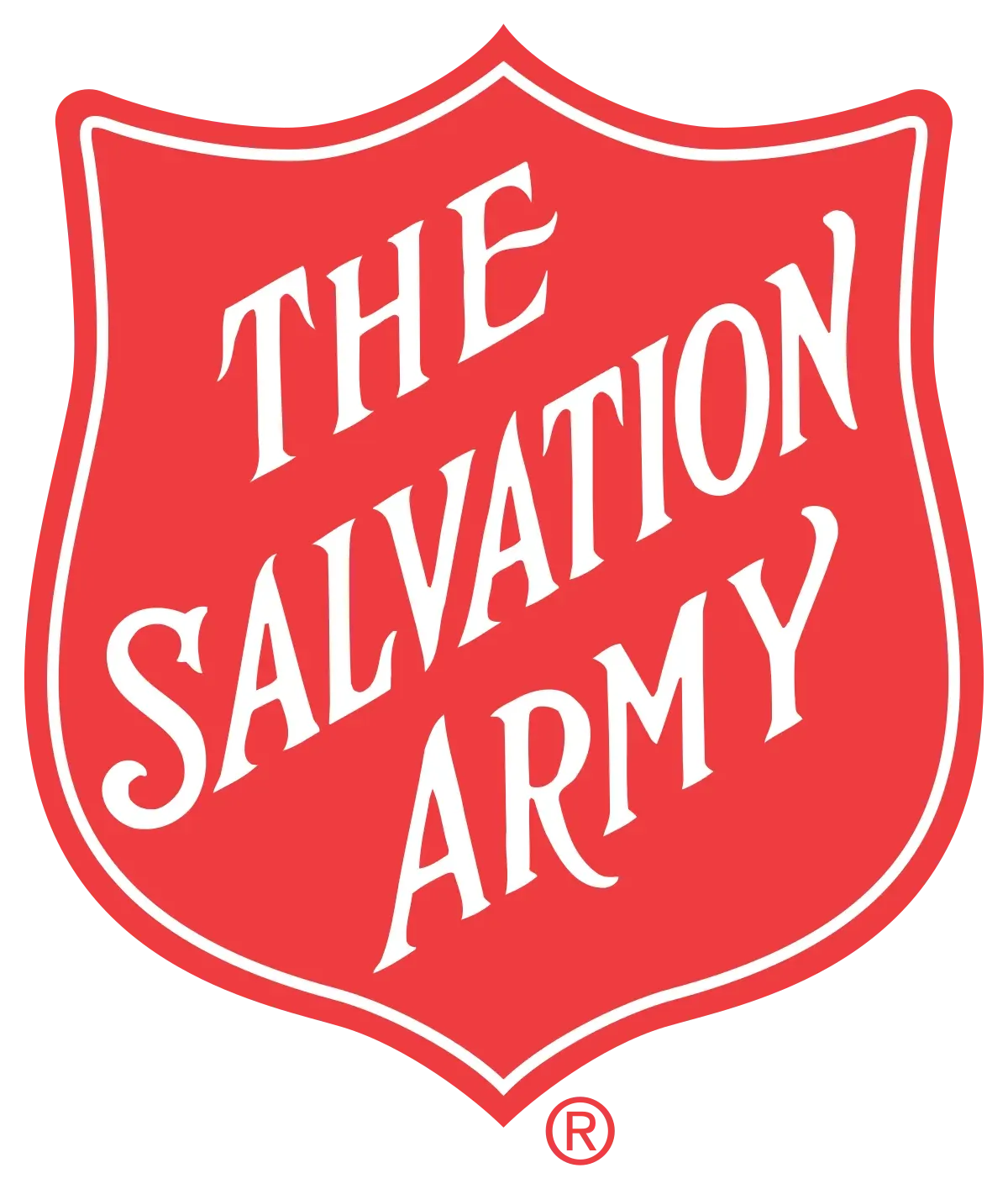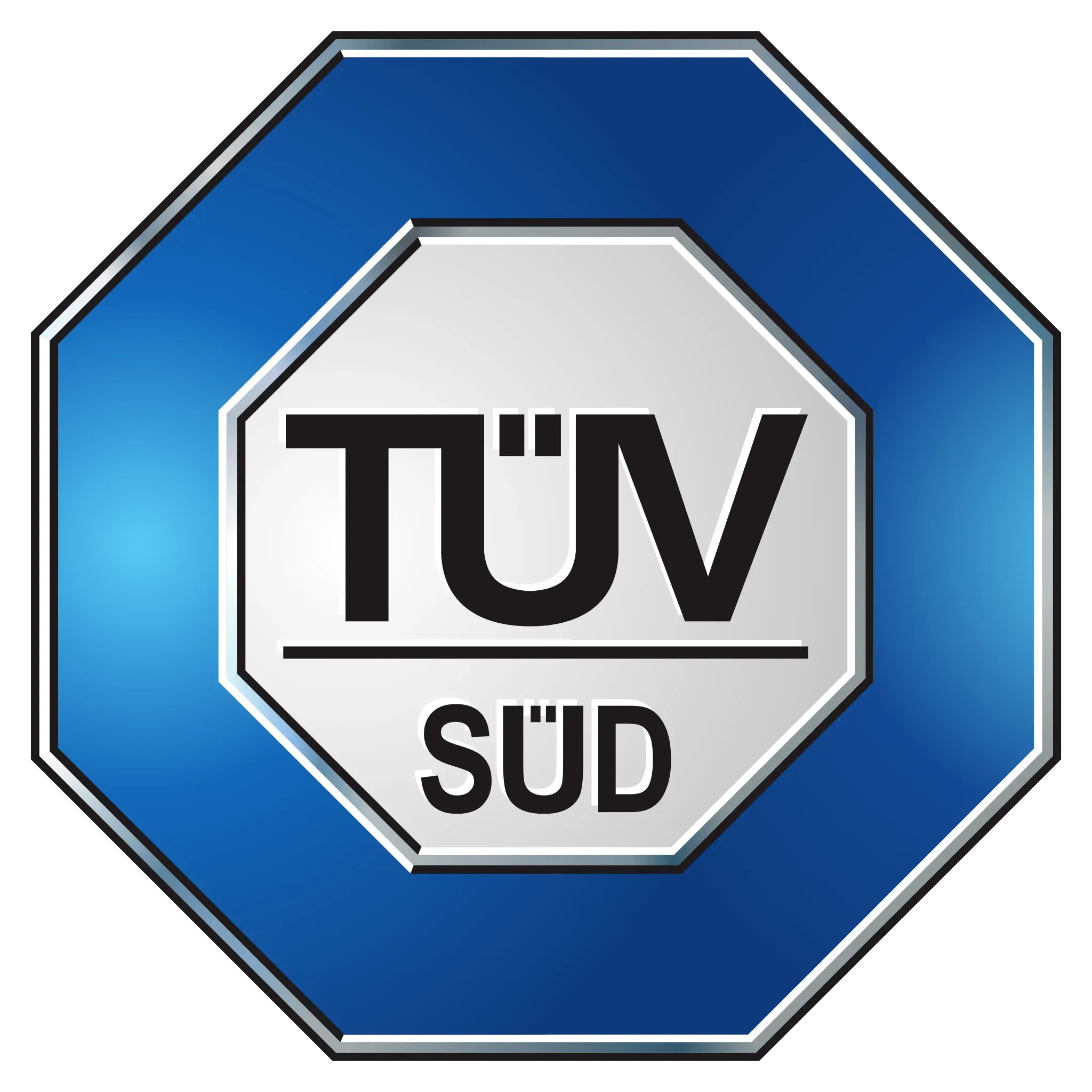Audit Support
We have a wealth of experience working with ISO management systems and can assist auditors who require extra support.
Available Audit Support
Do you need a review of your ISO management system? Or perhaps you require extra support during your first audit? Our team of ISO experts are here to help…

- IN-HOUSE



Offering audit support for over 60 years
Founded in 1962, the Batalas team have a wealth of experience and expertise with ISO management systems, including ISO 9001, ISO 14001, ISO 27001, ISO 45001, ISO 13485 and AS9100.
We are CQI IRCA-approved and work with organisations from a range of industries across the globe.

Case Studies
At Batalas we value our customers and are proud to have so many people return to us for further ISO training. We are fortunate to have long-term relationships with many global organisations, helping them to achieve their training goals and improve business performance.
Workshops
In addition to audit support, we also have a series of interactive and engaging workshops to help develop your team’s auditing skills.

- VIRTUAL
- IN-HOUSE

- VIRTUAL
- IN-HOUSE

- VIRTUAL
- CLASSROOM
- IN-HOUSE

- VIRTUAL
- IN-HOUSE
Some of our happy customers







I learned more than i expected. Knowledgeable trainers – Great stories related to Auditing – the little things.
Tobias Thorpe BAE Systems Maritime Limited ISO 9001 Lead AuditorIt was a good informative course, understood it well.
Tina Warnes Applied Satellite Technology Systems Limited ISO 14001 FoundationThe course was packed with info and a great balance between learning and doing. The trainer really knows his subject well.
Stephen Reeder SMi Drug Discovery ISO 13485 Internal AuditorThe course was very detailed and covered in great depth by the tutor, he always had the time and knowledge to answer any questions put forward and he kept the whole group engaged throughout the day. Top marks!!
Sam Limmack Orthoplastics ISO 13485 FoundationThe trainer made the course for me, he was very knowledgeable and I learned a lot, he was very clear in his explanations and kept it light hearted and funny which helped with my nerves. Would definitely attend another one of his courses.
Rebecca Strachan Aerotron AS9100 Internal AuditorThe trainer was absolutely superb. His knowledge and experience is fantastic and he is a very personable and likeable trainer. 10/10.
Rick Brodie DS Smith ISO 9001 FoundationA very good but intense course. Very well presented. The Trainer was brilliant and is a credit to your company.
Nigel Cloke ISO 27001 Lead AuditorI have attended many courses and would say this is one of the best courses I have participated within over the last two years. In fact I was disappointed when the course ended !! This will lead me to undertake more courses with Batalas definitely, great job.
Martyn Jones Best Price Scaffolding ISO 9001 FoundationResources to make your studies go further
Let’s level up your career together
Are you a new auditor looking for ISO training advice? Or do you want to build on existing auditing skills to boost your career?
Whatever your need, our experienced and knowledgeable Batalas team can guide you on the right training path to help you reach your professional goals.